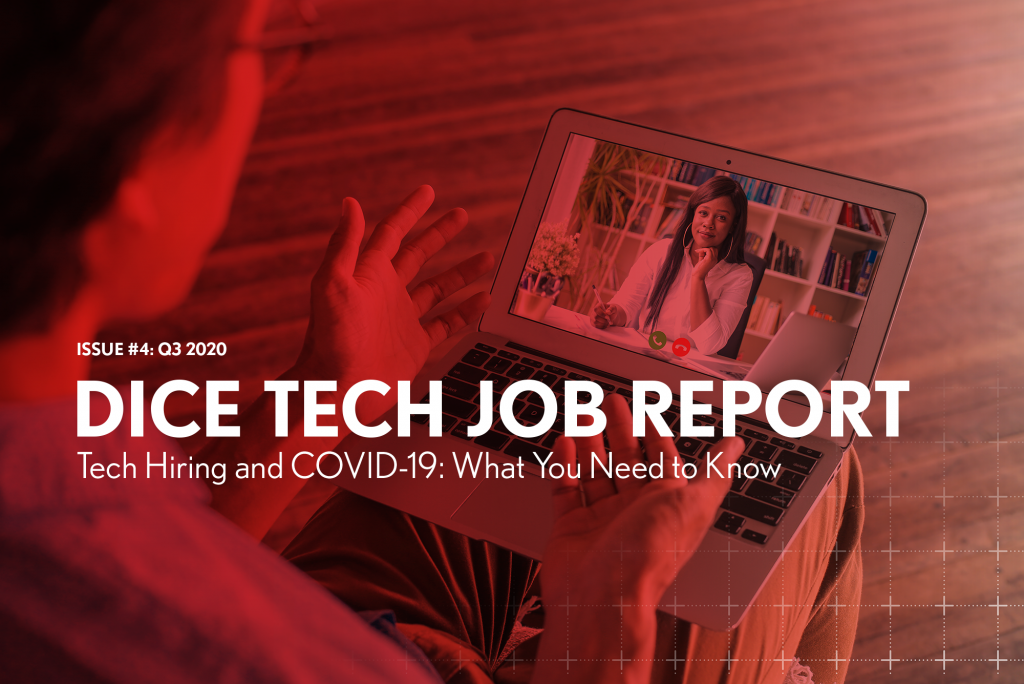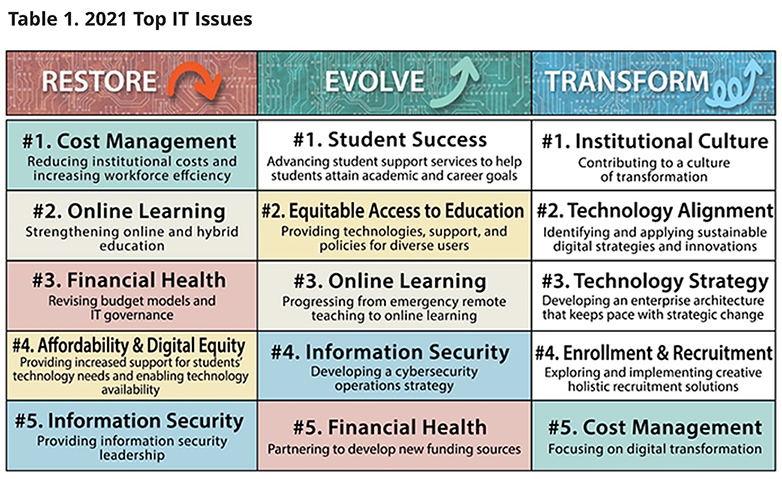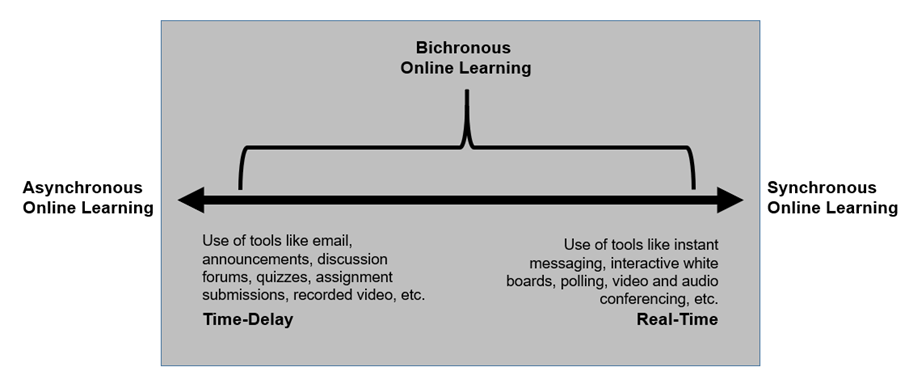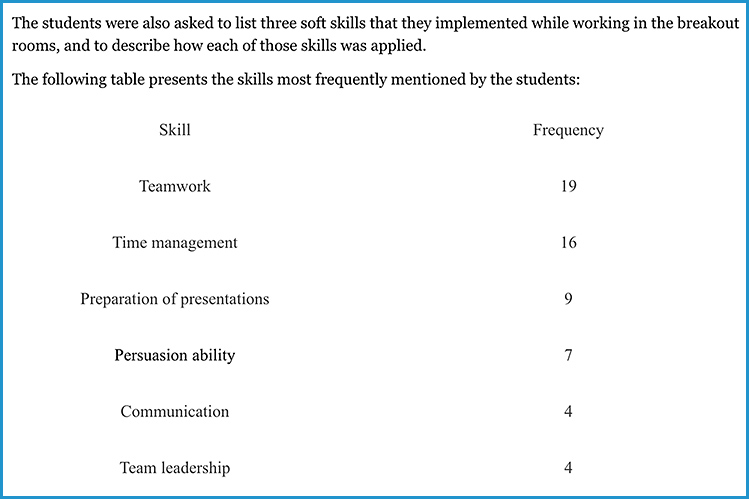
Top IT Issues, 2021: Emerging from the Pandemic — from educause.edu
Excerpt:
The EDUCAUSE Top IT Issues list has been refactored for 2021 to help higher education shape the role technology will play in the recovery from the pandemic. What different directions might institutional leaders take in their recovery strategy? How can technology help our ecosystem emerge stronger and fitter for the future?
The 2021 EDUCAUSE IT Issues project explores these questions using a very different approach from previous years. Anticipating potential ways institutions might emerge from the pandemic, this year we offer three Top IT Issues lists and examine the top 5 issues within three scenarios that may guide institutional leaders’ use of technology: restore, evolve, and transform.
Also see:
- Educause Identifies Top IT Issues for an Uncertain Future — from campustechnology.com by Dian Schaffhauser
Bichronous Online Learning: Blending Asynchronous & Synchronous Online Learning — from er.educause.edu by Florence Martin, Drew Polly and Albert Ritzhaupt
Excerpt:
Overall, research shows that when synchronous communication features are integrated with asynchronous features, the online course is more engaging, increasing learning outcomes, positive attitudes, and retention.
OPM Market Landscape and Dynamics: Fall 2020 updates — from philonedtech.com by Phil Hill; with thanks to Edsurge.com for this resource
Excerpt:
There has been growing interest in the Online Program Management (OPM) market, as more schools try to develop a strategy and revenue model for online programs (particularly for master’s level). In addition, there has been a broad question to what degree schools would turn to OPM partners to help out with the Covid-driven move to online education in 2020 and beyond. We’re in the middle of the chaotic period of the pandemic, so there are no clear answers yet, but the consistent message is that OPM vendors are seeing a marked increase in interest from colleges and universities this year.
The Advantages of Teaching Soft Skills to CS Undergrads Online — from cacm.acm.org by Orit Hazzan; with thanks to Sarah Huibregtse for posting this out on LinkedIn.
Excerpt:
At first, I wondered whether teaching soft skills online is even possible since, unlike theoretical courses, I assumed that close face-to-face (F2F) interaction is required in order to practice such skills. Eventually, I realized that teaching this course online has, in fact, some advantages, that this teaching format opens up new opportunities, and that this medium can even foster several soft skills that I had not previously considered teaching in the F2F format. This blog demonstrates these advantages by focusing on the use of the breakout rooms option available in Zoom, which I used extensively in the course.



















